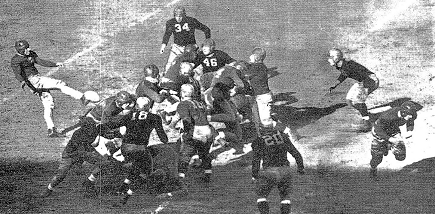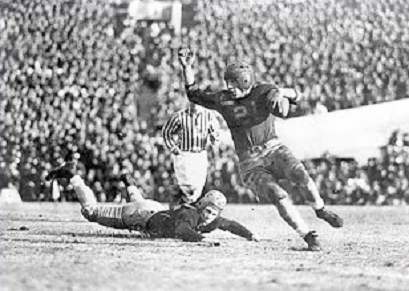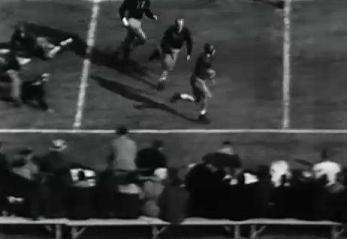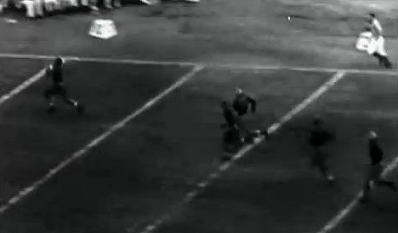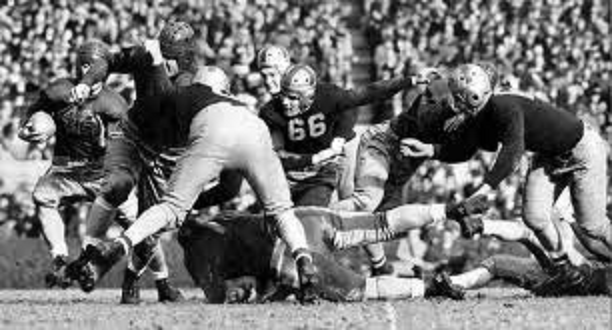
Pictured above is the 1937 Rose Bowl, where 8-1-1 Pittsburgh throttled 7-2-1 Washington 21-0. Pitt halfback Marshall Goldberg is about to rip a big gain around the corner, where big tackle Tony Matisi is blowing up a Washington defender. Neither Pitt player was All American this season, but both would be consensus AA in 1937. This was a big win for Pitt, who had finished #3 in the final AP poll, which ended before the bowls. #1 Minnesota (7-1) had only beaten Washington 14-7, and Pitt had already beaten Nebraska 19-6 (Minnesota only beat them 7-0) and Notre Dame 26-0 (Notre Dame beat Northwestern 26-6, who beat Minnesota 6-0)

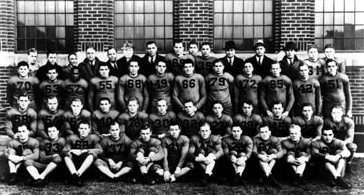
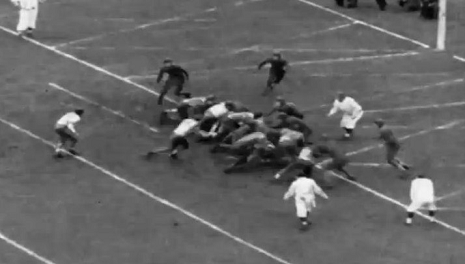
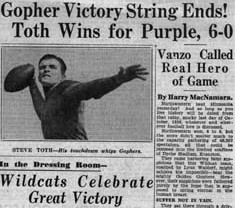 Rain fell in the 2nd half, and mud accumulated on jerseys
Rain fell in the 2nd half, and mud accumulated on jerseys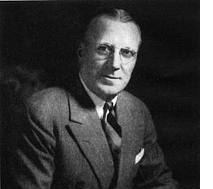
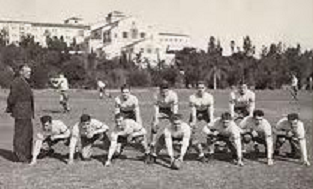
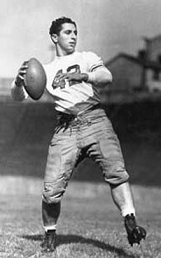 I sure have written a lot of team summaries for Pittsburgh in these national championship articles
I sure have written a lot of team summaries for Pittsburgh in these national championship articles